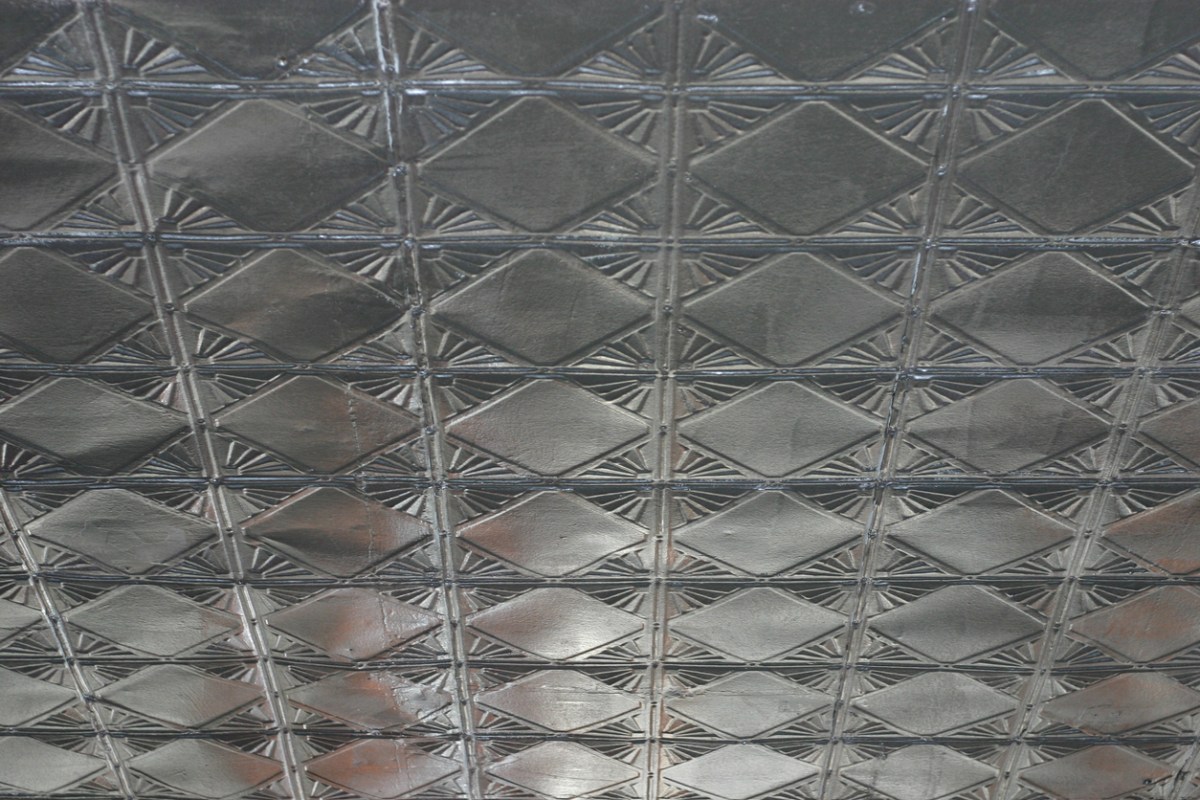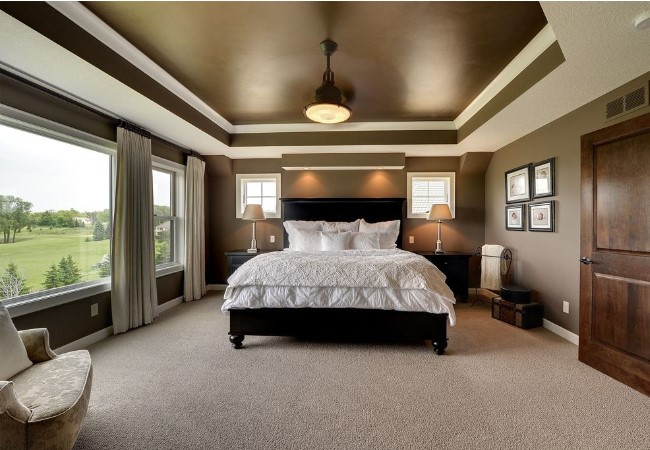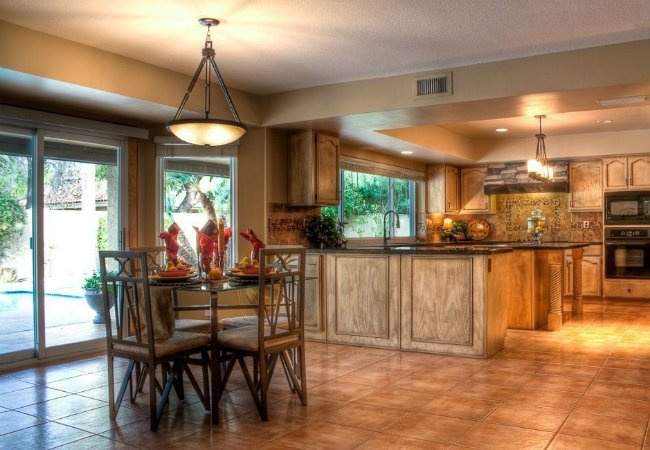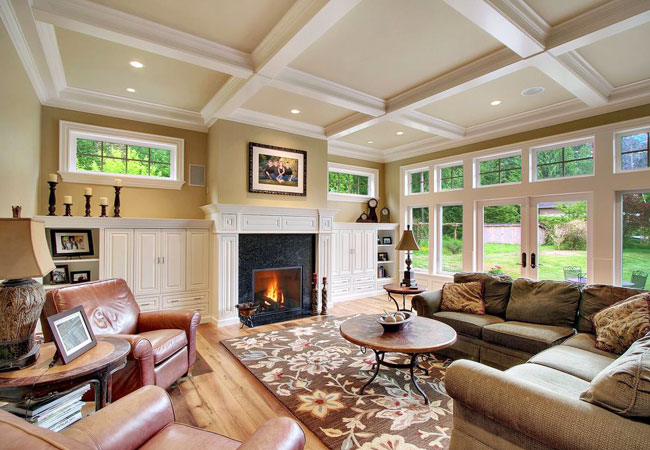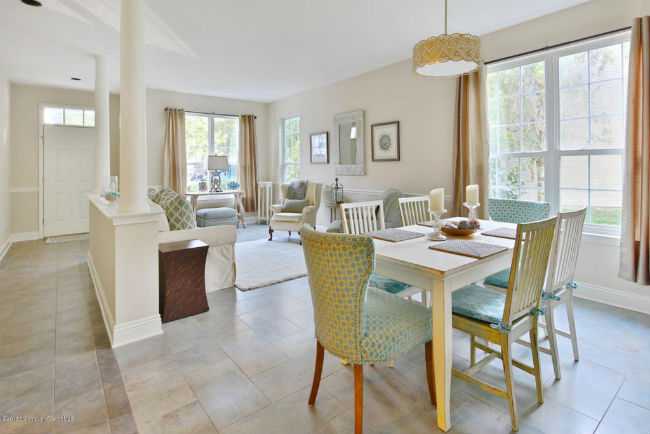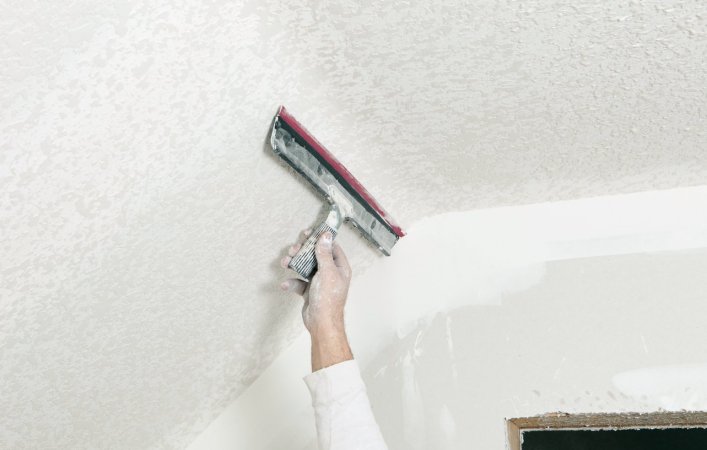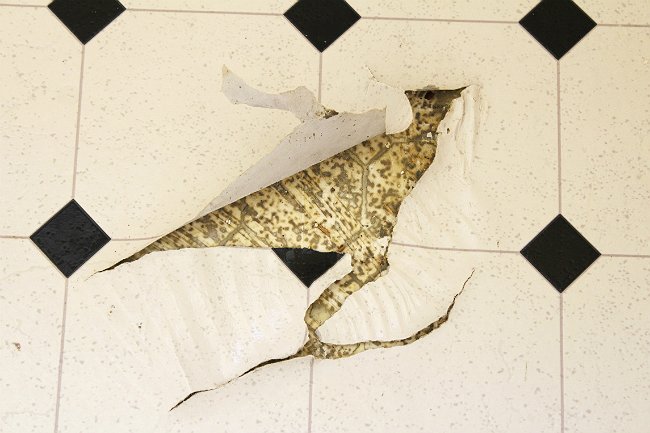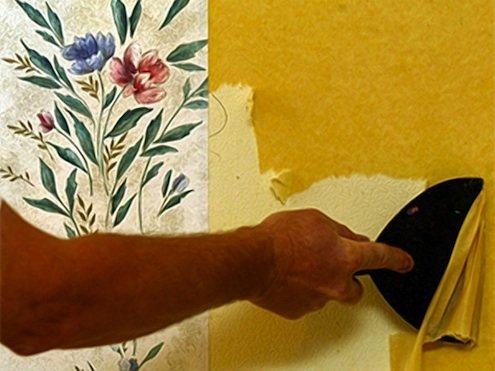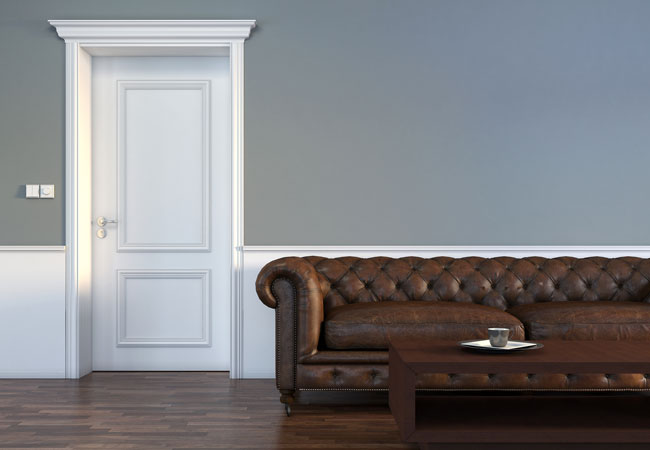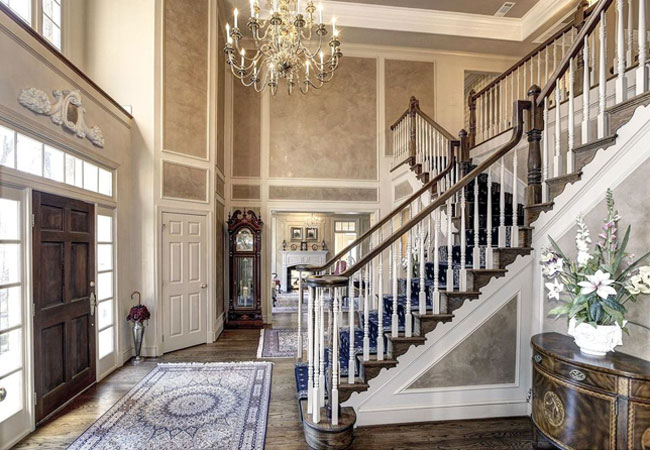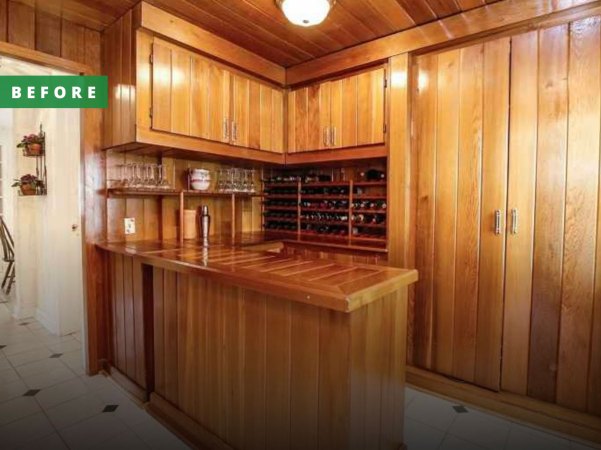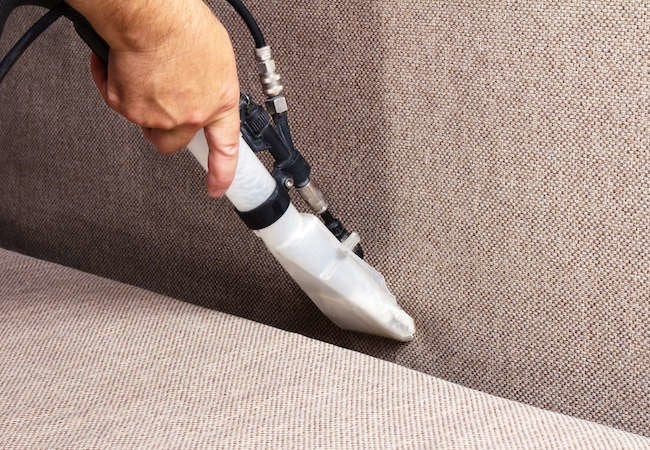We may earn revenue from the products available on this page and participate in affiliate programs. Learn More ›
A classic building material from the late 19th and early 20th century is experiencing a comeback. Fans of Victorian architecture, hardy souls who rehab historic homes, and homeowners looking for that extra special “something” can all rejoice in the renewed availability of tin ceilings.
History of Tin Ceilings
Tin ceilings initially became popular in the United States in the late 1800s, as many recent immigrants sought an affordable alternative to the exquisite but expensive ornate plasterwork used in Europe. The abundance of tin in America—along with the advent of mass production—created a ready market for thin, rolled tin plates that were individually stamped with embossed patterns. Tin ceilings remained popular throughout the Art Deco period before gradually falling out of favor in the 1930s.
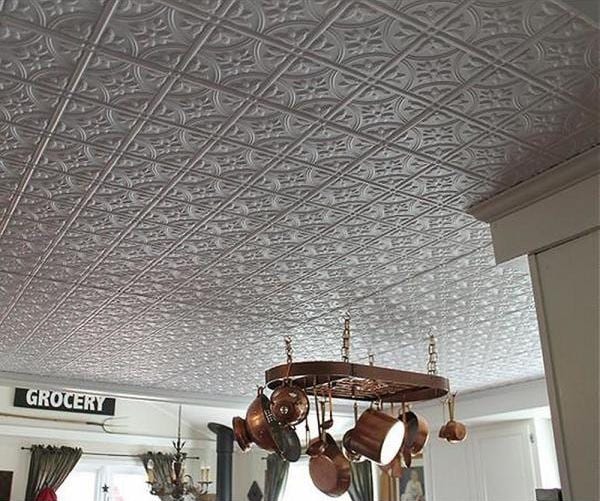
Tin Ceilings Today
Today, there are several companies offering tin ceilings made from original molds, although 30-gauge steel is now being used as the modern alternative to tin. Steel panels tend to be more durable and can take a wider variety of finishes. Ceiling panels made from original molds are preferable to reproduction panels, because original molds yield much more detail. Reproduction panels are typically made from molds of antique tile, and as a result some of the detail and depth has been lost.
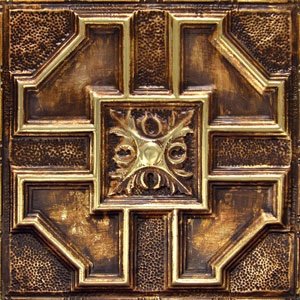
California-based Classic Ceilings distributes ceiling panels produced from original molds dating back to 1896. The company offers elegant and decorative panels in Victorian, turn-of-the-century, and Art Deco styles in steel, copper, and a wide selection of antique plated hand finishes.
Another firm, Pennsylvania-based Original Tin Ceiling Company, has been providing ceiling panels based on original dies for more than 75 years. Finishes include pre-painted white, copper- and brass-plated, and seven hand-painted finishes designed to create a weathered, antique look.
Key Considerations
There are a few important factors to consider when purchasing tin ceilings:
- Installation: Panels come in two styles, nail-up or drop-in. Nail-up panels need to be installed on a plywood base, while drop-in panels are “dropped in” to a metal grid system.
- Size: The panels themselves typically come in 2-by-2 foot and 2-by-4 foot sizes, although some panels now come in 2-by-8 foot sizes. The most prevalent pattern size is a 12-inch square. Smaller patterns are better for a smaller area, such as a bathroom, while the larger patterns are more suitable for expansive living rooms or dining rooms.
- Price: The price range can vary greatly depending on the type of finish desired. Prices for 2-by-2 panels can start as low as $10 and go as high as $70 per piece. Shop carefully!

